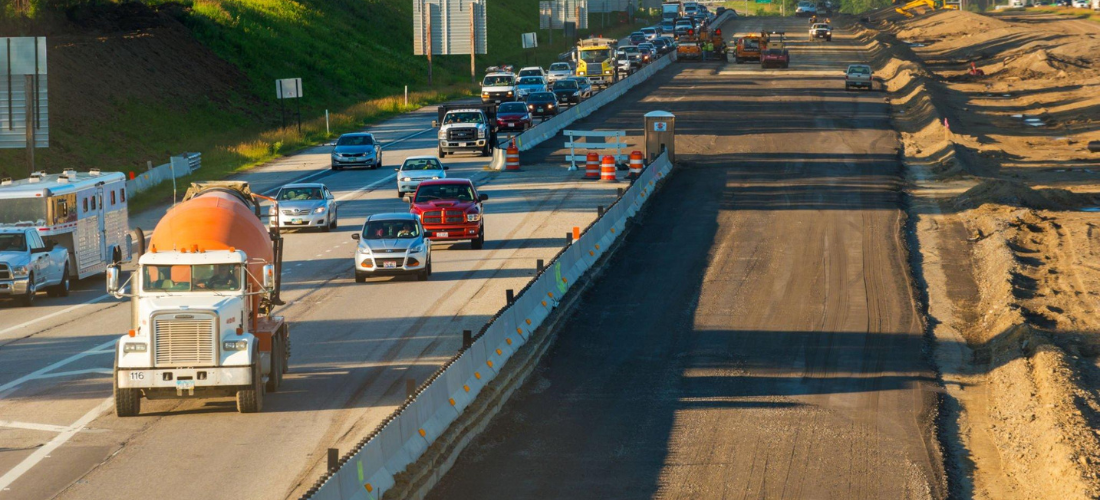India’s vast and diverse landscape is interconnected by an extensive network of highways, playing a pivotal role in the country’s economic growth and development. While these highways facilitate the movement of goods and people, they also present unique maintenance challenges due to factors like heavy traffic, diverse climates, and environmental considerations. In this article, we’ll delve into the world of highways in India and the hurdles faced in keeping them safe and functional.
The Expansive Highway Network
India boasts an impressive highway network, which includes:
1. National Highways: Managed by the National Highways Authority of India (NHAI), these are the primary arteries of the country’s road system. They account for a small percentage of the road network but carry a significant share of the traffic.
2. State Highways: These connect major cities within a state and serve as crucial transportation routes.
3. Expressways: Designed for high-speed traffic, expressways provide efficient connectivity between key urban centres.
4. Rural Roads: Connecting villages and remote areas, these roads are vital for rural development.
Maintenance Challenges:
1. Heavy Traffic Congestion:
One of the most prominent challenges in maintaining Indian highways is dealing with the ever-increasing traffic load. Highways are frequently clogged with vehicles, causing wear and tear on the road surface and requiring regular maintenance and repairs.
2. Weather Extremes:
India experiences diverse climatic conditions, from scorching summers to heavy monsoon rains and severe winters in the northern regions. These weather extremes take a toll on road surfaces, leading to erosion, potholes, and cracks.
3. Environmental Concerns:
Preserving the environment is a significant consideration. Many highways pass through ecologically sensitive areas, necessitating measures to minimize ecological impact. This includes constructing wildlife underpasses or overpasses to ensure safe animal crossings and managing water runoff to prevent pollution of nearby water bodies.
4. Funding and Budget Constraints:
Highway maintenance requires substantial financial resources. Budget constraints can sometimes delay necessary maintenance work.
5. Technological Advancements:
Keeping up with technological advancements in road construction and maintenance is another challenge. Adopting innovative materials and construction techniques can improve the durability and safety of highways but may require training and investment.
Solutions and Initiatives:
To address these challenges, several initiatives and strategies have been undertaken:
1. Bharatmala Pariyojana: The government’s flagship program aims to enhance road connectivity and efficiency by developing and maintaining key corridors.
2. Use of Technology: Embracing technology like Geographic Information System (GIS) mapping, drones, and remote sensing for road monitoring and maintenance planning.
3. Public-Private Partnerships (PPP): Encouraging private sector involvement in highway development and maintenance to leverage additional funding and expertise.
4. Regular Inspections: Implementing routine inspections to identify and address maintenance issues promptly.
5. Eco-friendly Measures: Incorporating sustainable practices like rainwater harvesting and green corridors to minimize environmental impact.
Conclusion:
India’s highway network is a critical component of its economic growth, connecting diverse regions and facilitating trade and travel. However, the maintenance challenges posed by heavy traffic, extreme weather, environmental concerns, and budget constraints require careful planning, investment, and innovative solutions. By addressing these challenges, we can ensure the longevity, safety, and sustainability of its highway infrastructure, ultimately benefiting its people and the nation as a whole.

